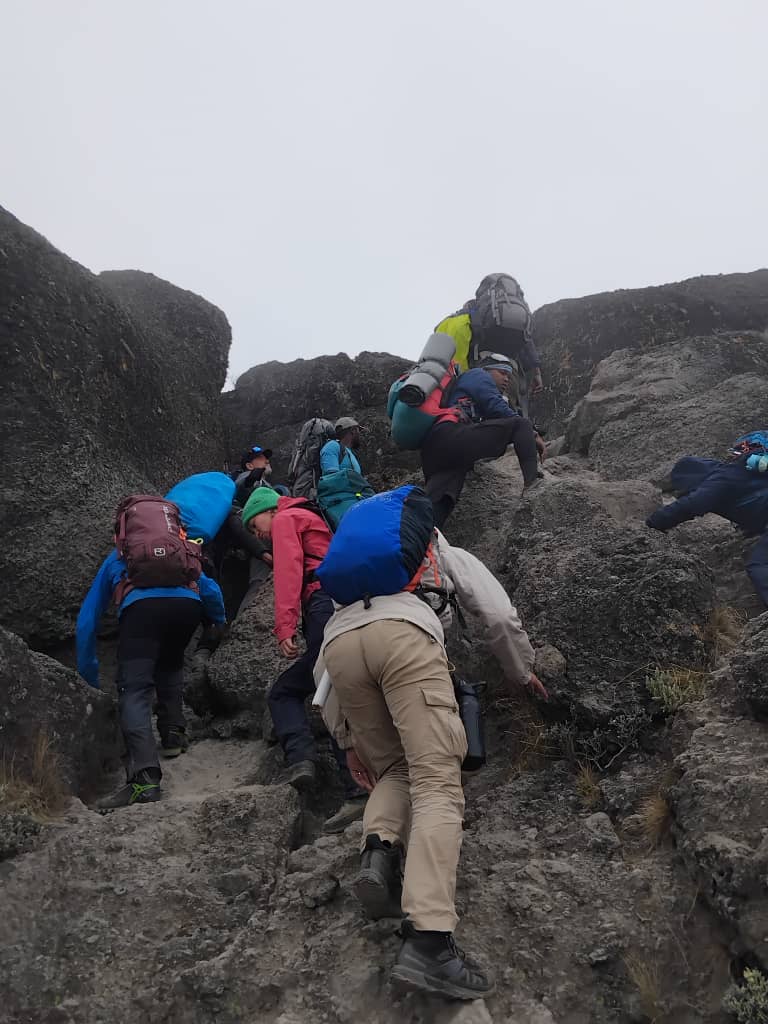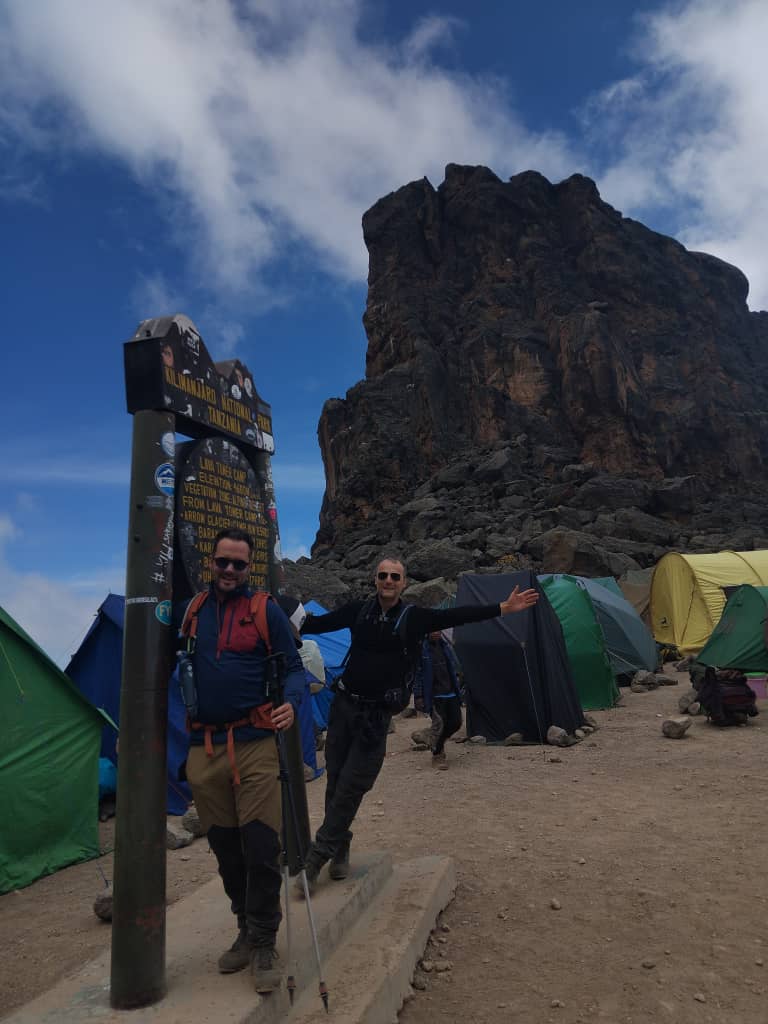Routes
Choose from seven different routes to the summit, each offering unique experiences, difficulty levels, and scenic views. From the beautiful Lemosho Route to the challenging Umbwe Route.
Learn MoreRoutes, timing, preparation and bookings — everything you need for a successful summit.
Discover Africa's highest peak and the world's tallest free-standing mountain
Mount Kilimanjaro, standing at 5,895 meters (19,341 feet), is Africa's highest peak and the world's tallest free-standing mountain. Located in northern Tanzania, this dormant volcano offers one of the most accessible high-altitude treks in the world.
The mountain consists of three volcanic cones: Kibo (the highest), Mawenzi, and Shira. Kibo's summit, Uhuru Peak, is the ultimate goal for trekkers. What makes Kilimanjaro unique is that you can reach the summit without technical climbing skills or special equipment.
Kilimanjaro's diverse ecosystems range from tropical rainforest at the base to arctic conditions at the summit. Trekkers experience five distinct climate zones: cultivated land, rainforest, heath, alpine desert, and arctic summit.


Choose from seven different routes to the summit, each offering unique experiences, difficulty levels, and scenic views. From the beautiful Lemosho Route to the challenging Umbwe Route.
Learn More
Essential gear and equipment checklist for your Kilimanjaro climb. From clothing and footwear to camping gear and personal items, we'll ensure you're fully prepared.
Learn More
Comprehensive health and safety guidelines for high-altitude trekking. Learn about altitude sickness, acclimatization, and emergency procedures.
Learn More
Discover the best times to climb Kilimanjaro based on weather conditions, crowds, and your personal preferences. Plan your adventure for optimal conditions.
Learn MoreGet answers to the most common questions about climbing Kilimanjaro
Kilimanjaro is considered a challenging but achievable climb. While no technical climbing skills are required, it demands good physical fitness, mental determination, and proper acclimatization. The main challenges are altitude and endurance rather than technical difficulty.
The overall success rate is approximately 65-70%. However, with proper preparation, good weather, and an experienced guide, success rates can be much higher. Longer routes with better acclimatization typically have higher success rates.
Our Kilimanjaro climb pricing is customized based on your chosen route, duration, group size, and level of service. All packages include permits, certified guides, porters, meals, and equipment. Contact us for a personalized quote that matches your budget and preferences.
Essential items include layered clothing for temperature changes, quality hiking boots, sleeping bag rated for -10°C, headlamp, water bottles, and personal toiletries. We provide a detailed packing list to ensure you have everything needed for a successful climb.
Yes, comprehensive travel insurance is highly recommended and often required. It should cover high-altitude trekking, emergency evacuation, and medical expenses. Make sure your policy covers activities up to 6,000 meters altitude.
Safety is our top priority. If you experience severe altitude sickness or other health issues, our guides will make the decision to descend. Many climbers find the journey itself incredibly rewarding, even if they don't reach the summit. You can always try again!